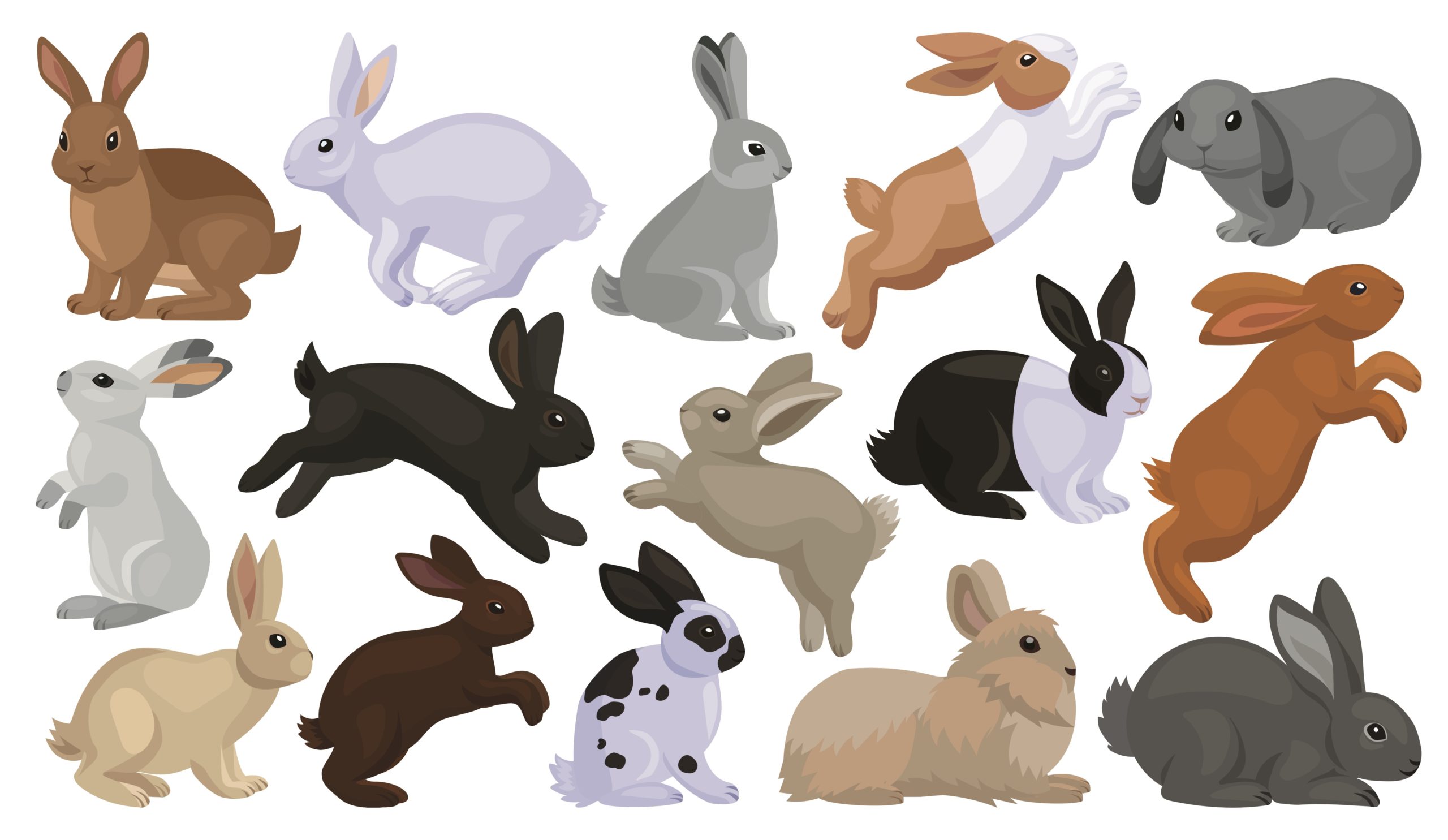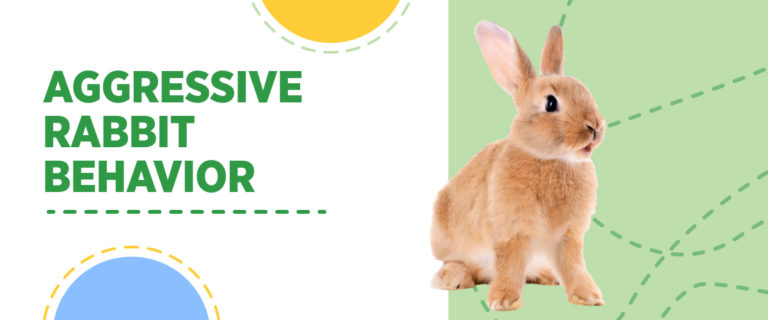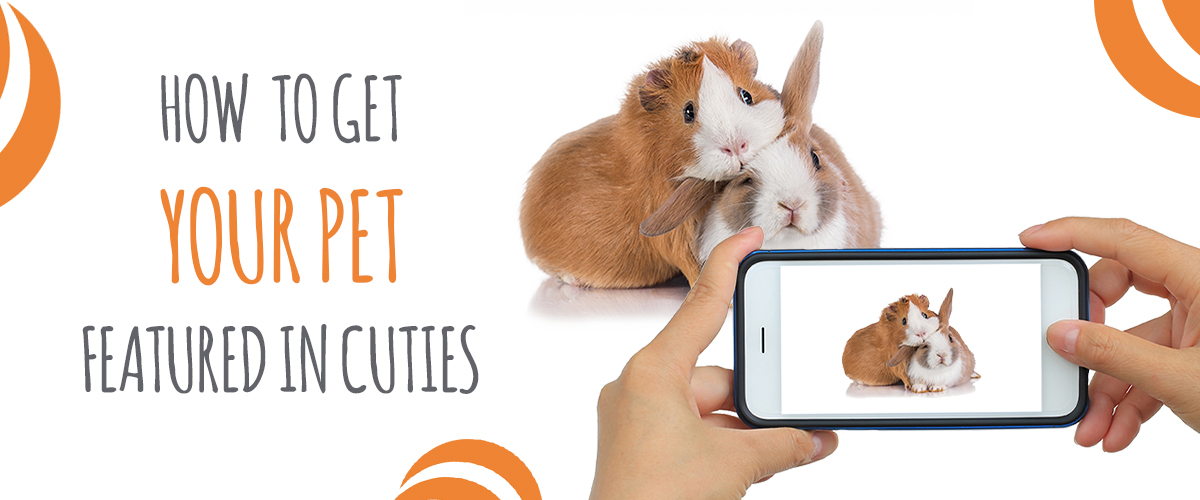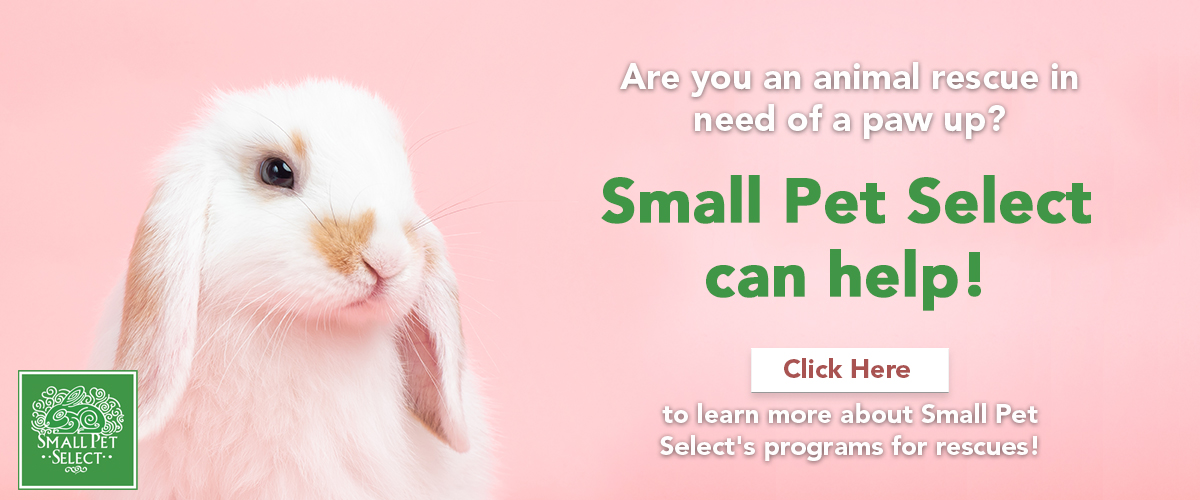With special thanks to Wolf.
Rabbits are too cute to be real. Furry and adorable, with soul-searching eyes and tails that make us squeeeee. What is cuter than a binky? Nothing, that’s what. Nothing. So, what do we do when we run across aggressive rabbit behavior? What does aggressive rabbit behavior even look like? I can tell you what it doesn’t look like…the bunny attack scene from Monty Python and the Holy Grail. Us bunny pawrents and our buns always chuckle when someone who doesn't know anything about rabbits thinks that's how rabbits behave. Today we will examine aggressive rabbit behavior, the causes, signs, and solutions to correct the behavior.
Why Does Aggressive Rabbit Behavior Happen?
Aggressive rabbit behavior happens when a rabbit is frightened or feels threatened. The aggression may be directed towards humans, other rabbits, other animals, or even objects. However, aggression is far more common and harder to overcome with intact rabbits, i.e., those not spayed or neutered.
Possible Causes/Triggers
As no two rabbits are the same, taking notes about your bun's aggressive rabbit behavior is essential to help pinpoint the cause(s). The pawsitive news is rabbits aren't aggressive without warning. We'll talk about the warning signs shortly.
- Noise. Are you making a new noise? Do your rabbits hear fireworks or another loud noise they don’t like?
- Type of Movement. Are you moving quickly or too quickly for your rabbit? What are your arms and legs doing? Did your hand suddenly appear in front of your rabbit's face and startle him? Rabbits have terrific distance vision, so they can identify and react to predatory threats. Their near vision, however, isn't good at all. So, a hand in front of your rabbit's face can be a startling threat.
- Invasion of Space. Are you "coming in from above" like a dangerous predatory animal would? Remember, rabbits are not only prey and, therefore, wary of anything coming from above. Your rabbit may have some bad experiences from a past home.
- Improper Handling/Picking Up. Rabbits don't like to be picked up. Your rabbit may have been in a place where they were picked up often or improperly. Bun bun may have learned that hands coming from above mean being handled poorly.
- Dangerous/New Smells. Do you smell like something that might be dangerous? Rabbits have a great sense of smell, and we know they are not only super sensitive to predator threats but also don't like new stuff.
The most minor things can be triggers, and each rabbit has their own fears. It is critical to take the time and think about every little detail, no matter how small. Use all the senses. Break down every factor into smaller parts. Maybe she's afraid of eyeglasses because a pair once fell on her and scared her.
Make some notes. Study each situation: feeding, opening the play area door, cleaning the litter box. Keep everything as constant as humanly possible. Eliminating variables will help you figure out the triggers more quickly.

Body Language and Signs of Aggressive Rabbit Behavior
Is your rabbit scary? It happens. Perhaps your rabbit has been in a shelter for a while and has developed some unpleasant habits. Or maybe his previous home wasn't so great. Perhaps he is bored or timid... but no worries because this behavior can be changed.
Aggressive rabbits typically escalate their behavior. Lagomorphs give warnings, and those warnings keep getting increasingly severe until the rabbit attacks with teeth and claws. Let's look at the typical warning signs, in the order they might appear. If you're unfamiliar with some of the noises rabbits make—relaxed or aggressive, check out this video from one of our beloved Ambassadors, Lennon the Bunny.
- Ears. Watch that ear position! Happy ears are forward and relaxed. However, as a rabbit tenses, the ears move back, and the open part tucks under and back. If you put food down in your rabbit's area and notice those ears go back and flat, you are being warned. A thump or even a charge may ensue as your hand invades their space.
- Thumping/Growling. Your rabbit's telling you that whatever you're doing is suspicious or annoying. Stop and take inventory.
- Nipping. Your rabbit is annoyed and nips because nobody has listened to her less aggressive signals. Your rabbit can learn to nudge your hand instead, and you can learn to listen more carefully to more gentle signals.
- Boxing. Yes, rabbits can stand up and box with their front paws. Boxing translates as, "Get off me, get off me, get off me, don’t touch me.” Why? Your rabbit’s personal space is being invaded. Your rabbit needs to know that you will do no harm. Just spend lots of time being patient, soft, quiet, and slow. Finally, pay attention to where your hand and feet are and how your rabbit may interpret all that.
- Chasing. This can be a real problem, especially when coupled with ankle-biting. But unfortunately, your sweet bun was frightened or hurt by a human in the past. So, she learned that chasing is effective in getting rid of the menace.
- Charging. Your rabbit feels he is in direct and severe danger. This is an attempt to protect himself.
- Attack. Your rabbit is trying to bite fully and deeply and may hang on with those teeth embedded. If she can, she will also use both front and back claws. Your rabbit is, in her mind, fighting for his life. This is a rabbit in survival mode.
Solutions to Overcome Aggressive Rabbit Behavior
Overcoming aggressive rabbit behavior is not an overnight thing. It can take a week or more to see the first hints of progress but don't despair. Once you're on the right road, you will see improvements come faster and faster. There may be a few setbacks or plateaus. Keep at it. It gets easier. And easier. No rabbit is born a monster. An aggressive rabbit learns to be bold in certain situations or uses aggression to get her point across because nothing else is working.
If you are an inexperienced rabbit pawrent, you may want to find some support in learning how to use positive reinforcement training. First, contact your local rescue for classes on how to appropriately interact with your rabbit. If the rescue doesn't offer a class, there are plenty of courses online.
Don'ts: Negative Reinforcement
NEVER, NEVER, NEVER HIT YOUR RABBIT. Don't even thwack or tap your bun on the nose. Nothing at all like that. Don't smack them with newspapers or towel rolls. Never use a foot to kick away a rabbit biting your ankles. This will make the problem SO SO VERY MUCH WORSE. Remember, aggression comes from fear or a feeling of being threatened. You and your whole body must always remain affectionate and friendly. Seriously. This can't be emphasized enough. Wear boots, gloves, or both if you must. Negative training does not work on rabbits and will feed the problem.
Do's
- Meet everything your rabbit does with patience, respect, affection, and friendliness to start building a relationship of trust.
- Don’t let the aggressive rabbit behavior chase you away.
- Stop picking them up. Yes, they are so darn cute, and our instinct as humans is to pick them up and snuggle them. Just because we can doesn't mean we should. Think of how big and strong we are in comparison… and think of how helpless they are in our hands. Consider how much trust they must have before they can relax in that situation! Sit on the floor and give your rabbit the gift of choice. Allow them to come to you, climb up on you, by choice.
While aggressive rabbit behavior may intimidate us, the good news is a fierce rabbit isn't hopeless by any means. With time, love, and attention, an aggressive rabbit can blossom into a loving and trusting family member. Working through aggression issues can lead to a gratifying relationship with your rabbit.
DISCLAIMER: The links and information are being provided as a convenience and for informational purposes only; they do not constitute an endorsement or an approval by Small Pet Select of any of the products, services or opinions of the corporation or organization or individual.
VETERINARY DISCLAIMER: We are not veterinarians, and none of our information should be construed as veterinary advice. If your pet is acting unwell, you have concerns for their well being, or before adding any new product, please contact your veterinarian immediately.
Want to learn more about rabbits? Check these out!
Rabbit Communication: Bunny Language 101








